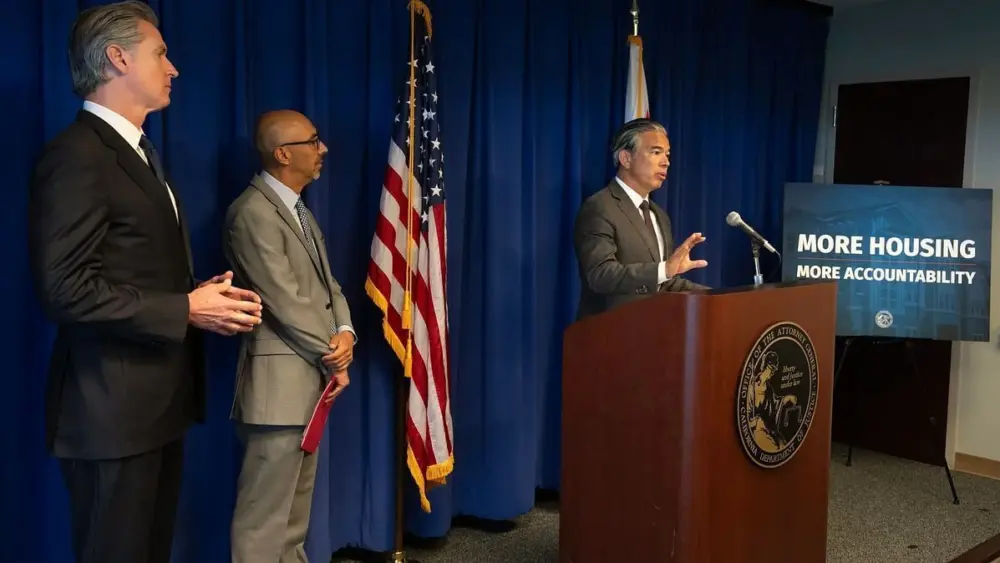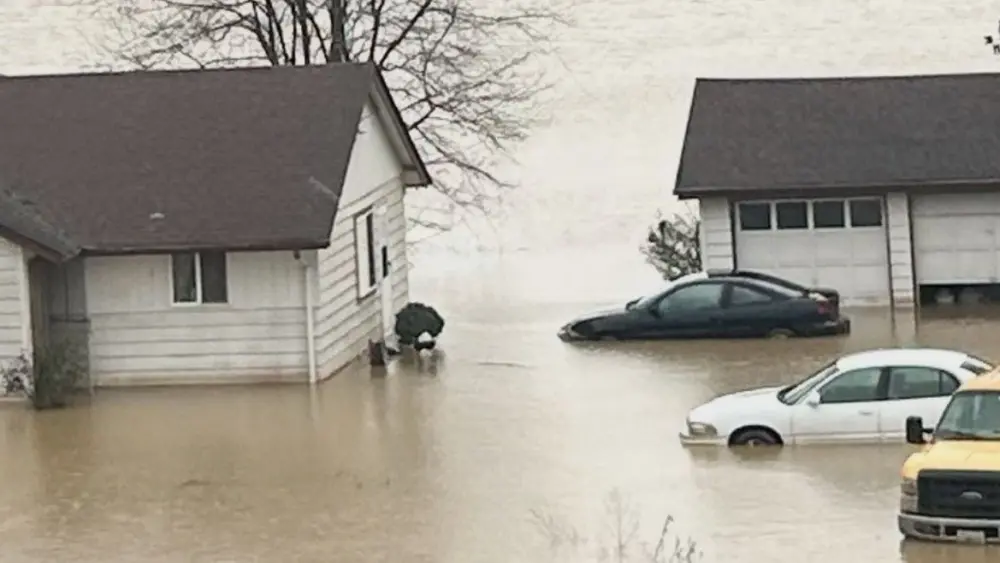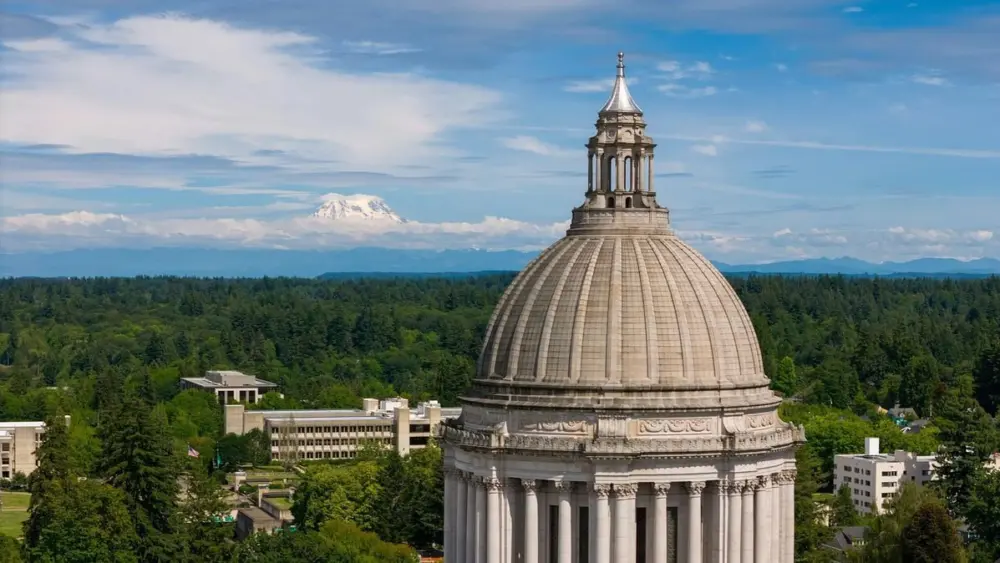(The Center Square) – A recent report on King County’s progress regarding its 2020 Strategic Climate Action Plan reveals some success in lowering carbon emissions per person, but overall emissions have increased.
The biggest takeaways from the report showed that from 2007 to 2022, the county lowered its own governmental greenhouse gas emissions by 30%. While countywide emissions per person are down 7%, overall countywide emissions have increased.
King County and all 39 cities within it strengthened the shared greenhouse gas emissions reduction targets to 50% below 2007 levels by 2030, 75% below 2007 levels by 2040, and 95% below 2007 levels, as well as being net carbon neutral by 2050.
“Defeating the climate crisis demands we rethink everything — across government, business, and our daily lives,” King County Executive Dow Constantine said in a statement. “We are steadfast in fighting this existential threat.”
As part of working to achieve the county’s 2030 and 2050 greenhouse gas targets, officials are working to address waste management via the Re+ plan that was revealed in 2022. The plan includes more than $2.2 million in grants in pursuit of a circular economy.
A circular economy is a model of production and consumption, which involves sharing, leasing, reusing, repairing, refurbishing and recycling existing materials and products as long as possible.
Another highlighted action from King County was the launch of the Commercial Property Assessed Clean Energy and Resiliency program that enables commercial and multi-family property owners to finance efficiency, renewable energy and resiliency improvements to their facilities. Through mid-2023, $80 million funded six projects related to energy and water improvements, according to the report.
King County voters may be tasked with deciding a proposed climate levy lid lift on the 2024 November ballot as county officials continue looking for ways to increase revenue to reduce climate impact efforts.
An ordinance being considered by the King County Council would have King County Executive Dow Constantine to develop funding options to generate $1 billion over a six- or nine-year period. Funds would be used for greenhouse gas reduction efforts and to respond to the impacts of climate change.
The Center Square previously reported on an estimate from the King County Office of Economic and Financial Analysis that showed a property tax levy would need an initial rate in 2025 of 11.5 cents per $1,000 assessed value in order to generate $1 billion over nine years, or an initial levy rate of 18.5 cents per $1,000 to generate $1 billion over six years.
Based on Redfin’s King County median home sale of $800,000, an average property owner could pay $92 per year if a nine-year levy is considered, or $148 per year if a six-year levy is considered.
The climate levy lid lift ordinance will have to be passed by the county council by its July 23 regular meeting at the latest in order to be put on this year’s general election ballot.






